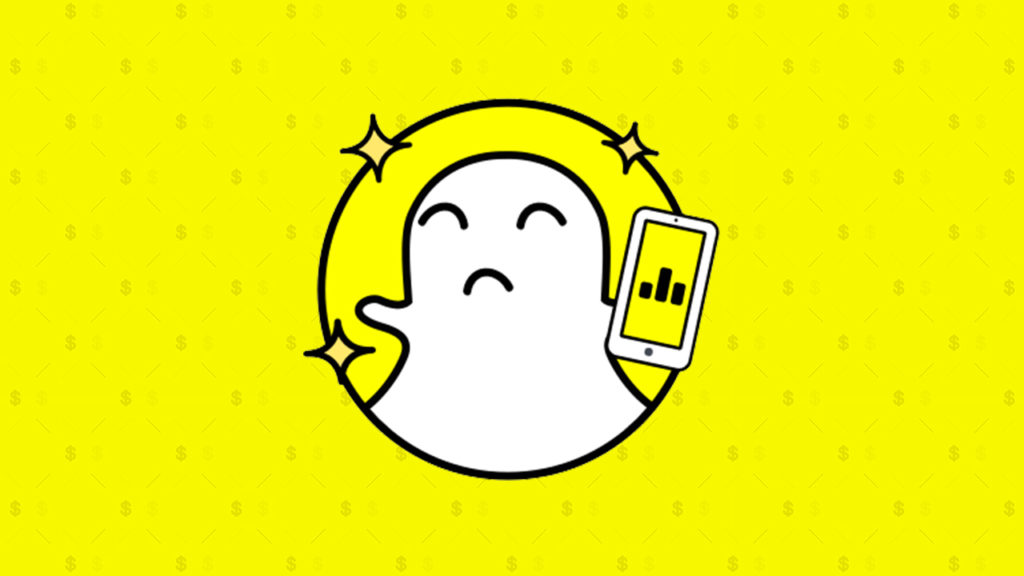User stagnation and less-than-expected revenue growth marred otherwise good news during Snap’s Q1 2018 earnings call, as Snapchat’s developer exacerbated investor concerns over the poorly received app redesign with hints at further user-interface changes.
Snapchat’s average daily active users (DAUs) increased by only 2 percent over last quarter, hitting 191 million, while Snap CEO Evan Spiegel admitted that the company’s DAUs were even lower during the month of March, a problem the company fully owned was due to the app redesign.
“We have known for a long time that creating public-facing content is a very different behavior from interacting with close friends, which makes it challenging for both to exist successfully in the same ecosystem,” Spiegel declared.
Despite the redesign’s unpopularity, Snap is not done tinkering with its app’s user experience.
“We are now focused on optimizing the redesign based on our ongoing experimentation and learning,” Spiegel stated. “We are already starting to see early signs of stabilization among our iOS users as people get used to the changes, but still have a lot of work to do to optimize the new design, especially for our Android users.”
Snapchat’s executives were remarkably candid during the earnings call, owning up to the revenue consequences of the company’s controversial steps in the past quarter.
“We should have put Android first,” Spiegel admitted during the earnings call’s question-and-answer session. “We started rebuilding it [Snapchat] from scratch.”
Not all of Snapchat’s commentary on its Q1 earnings was negative, however. Total ad revenue increased by 62 percent year-over-year, reaching $229 million, according to Imran Khan, Snap’s chief strategy officer. This growth was driven predominantly by Snap Ad revenue, as Snapchat’s stagnant user growth has caused many brands to hold off on buying its Lens and Filter products.
“The rapid pace at which we changed the core product introduced increased volatility into our ads marketplace,” Khan said. “While we did not grow as quickly as we wanted, our Snap Ad revenue grew 102 percent year-over-year.”
Much of this increased ad revenue was a result of a large growth in advertiser volume, as Snapchat attempts to expand its programmatic self-service advertising tool to entice small businesses.
“Our self-serve products helped us increase the number of advertisers actively spending on our platform by twenty times over the past year, and we still have a lot of opportunity to expand from here,” Khan declared. “In Q1, both the average cost per app install and the average cost per swipe in the United States were well under half of what they were the year before, and we are continuing to make improvements.”
Due to Snap’s shift to programmatic platforms, advertisers are paying nearly 65 percent less for Snap Ads from Q1 last year, and achieving greater return on investment, with Snap Ad impressions increasing by 450 percent year-over-year.
“Quarter-over-quarter, for campaigns optimized for swipes, we increased our swipe rates by 8 percentage points, while also increasing total swipes by nearly 14 percentage points,” Khan continued. “We believe we can drive broader advertiser adoption and ultimately, a long-term, sustainable business.”
While these numbers look promising, Snap’s executives cautioned that they do not expect a major turnaround in the coming quarter.
“We are planning for our Q2 growth rate to decelerate substantially from Q1 levels, with growth in auction impressions,” said Drew Vollero, Snap’s chief financial officer.
The company reiterated its plans to release several other ad products, such as its Reach and Frequency tool, which will allow larger advertisers to plan and purchase ad space in advance, and Snap Pro, a premium service for advertisers and creators. However, “there’s still a lot of work to do to fully bring this tool to market” was a common refrain, and the company did not provide release windows for any of their planned updates.
Even with Snap’s growing ad revenue, significant layoffs and cost-cutting measures this quarter, the company still posted an almost $400 million loss over the quarter.

